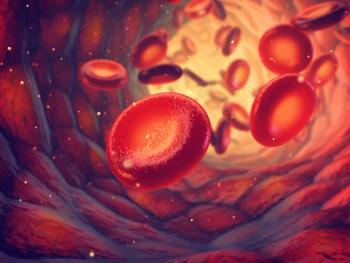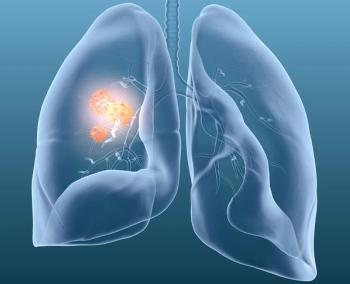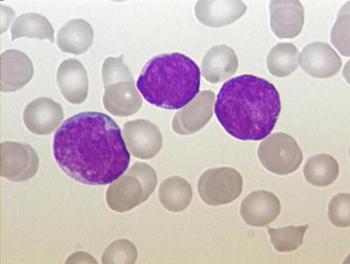
Adoption of Hypofractionated Radiotherapy in Early-Stage Breast Cancer
The benefit of hypofractionated radiotherapy for women receiving breast-conserving therapy for early-stage breast cancer is becoming more apparent.
Whole-breast radiotherapy has been proven to reduce local recurrence and improve overall survival when used as part of a breast-conserving treatment paradigm for women with early-stage breast cancer. Historically, a “conventional” radiotherapy fractionation scheme was used-typically 50 Gy given in 25 fractions of 2 Gy per fraction. This fractionation scheme was used in many of the randomized trials that demonstrated the benefit of post-lumpectomy radiotherapy. When the tumor bed “boost” is also considered, a typical conventional course of radiotherapy takes between 6 to 7 weeks to complete.
Since 2002, there have been four large randomized controlled trials that demonstrated the efficacy and safety of a shorter “hypofractionated” course of radiotherapy. These hypofractionated courses use larger daily doses of radiotherapy for fewer fractions, and therefore a lower total dose. These shorter courses often can be completed in 4 to 5 weeks, even when a tumor bed boost is used. The largest of these randomized trials were the
The topic of hypofractionated radiotherapy adoption has been in the news lately, due to the recent publication of several studies that examined this topic. Bekelman et al
It is true that adoption of hypofractionation has been relatively slow since the publication of large randomized trials, but it is important to put these results in context. The use of conventional fractionated radiotherapy has been established by no fewer than 14 randomized trials performed in the 1980s and 1990s. With the first long-term follow-up results
There are a significant proportion of patients for whom hypofractionated radiotherapy is not appropriate. Obesity rates in the United States are higher than many other countries, and these patients may be inappropriate candidates for hypofractionated radiotherapy due to anatomic limitations that would create excessive “hot spots,” or areas of dose in excess of the prescription, within the breast. I think it is likely that we will continue to see hypofractionated radiotherapy use rise, but we need to also keep in mind that patients we see in clinic are not identical to patients who participate in randomized clinical trials. While national guidelines and consensus statements are useful tools that help inform medical decision making, individual patient factors cannot be ignored as we seek to provide the best care for our patients.
Newsletter
Stay up to date on recent advances in the multidisciplinary approach to cancer.

















































































